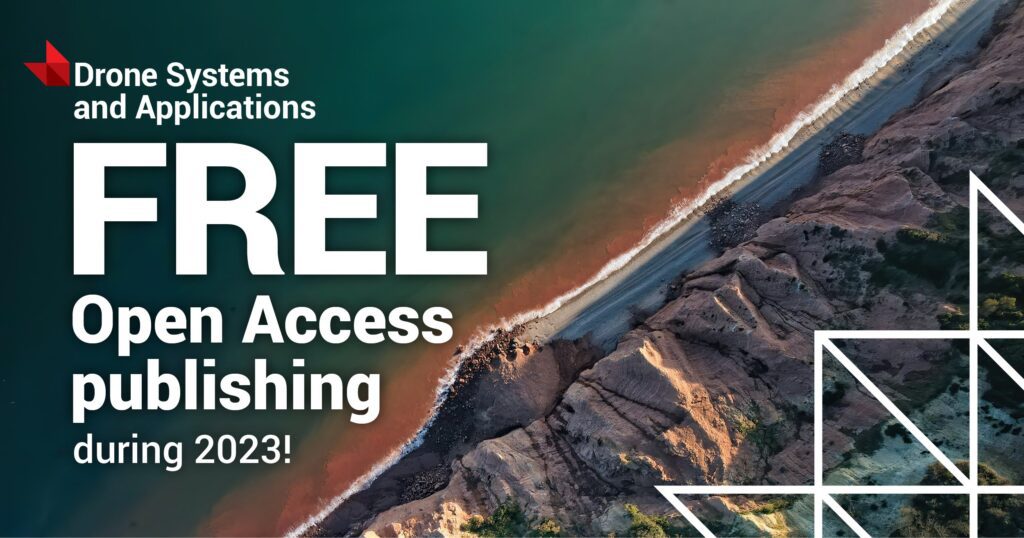This year, on May 16, 2023, the San Francisco Declaration on Research Assessment (DORA) will celebrate its 10th Anniversary. Developed in response to the growing need to improve the ways in which the outputs of scientific research were evaluated, DORA has become a worldwide initiative across all scholarly disciplines and with key stakeholders, including funders, publishers, professional societies, institutions, and individual researchers. To date, 23,059 individuals and organizations from 160 countries have signed DORA.
“In addition to researchers, DORA welcomes librarians, university staff, research managers, journal editors, staff from funding agencies, staff from research related non-profit organizations, etc. to sign…[the declaration.]”
—DORA
As the global research landscape evolves to address rising societal concerns and needs, researchers — the great minds we collectively turn to for our solutions — are pressured to perform and function in a system that is becoming increasingly non-functional. The metrics for hiring, tenure and promotion, and funding are predominantly tethered to a researcher’s publication record, specifically the impact factor of the journals in which they publish.
The most notable issue with this approach is that the journal impact factor was first designed as a tool to assist librarians in identifying which journal subscriptions to purchase, not to evaluate the merit or quality of a research paper, let alone an academic’s entire research program or the impact of their career. The true purpose of the impact factor has long since drifted from its original intent, and with its adoption as a defining metric in the outcomes of funding and academic career advancement, it has become integrated into the culture of scientific research and, consequently, produced a systemic bias in the scholarly publishing industry. At Canadian Science Publishing (CSP) we have acknowledged that this is a flawed approach to evaluating research and, along with DORA and its signatories (including CSP), advocate for the removal of journal-based metrics in the evaluation of a researcher’s scientific contribution or productivity, and in situations of funding.
Projects such as DORA’s Tools to Advance Research Assessment (TARA) propose the development of alternative policies to evaluate academic career assessment, while best practices, calls to action, and mandates such as the United Nation’s Sustainable Development Goals, Plan S, Canada’s Open Science Action Plan, and the new Nelson Memo in the US are focusing on targets far beyond journal metrics. They all point to the critical need for open and accessible scholarly findings, because access to information that can inform progress towards a sustainable future is essential to developing the strategies required to achieve those goals. Early-career researchers are becoming an increasingly values-based population of stakeholders in the scholarly publishing landscape, and they are quickly recognizing that creating a better future requires advancing open access publishing in an economically, environmentally, and socially responsible manner — all of which should be independent of the journal impact factor.






